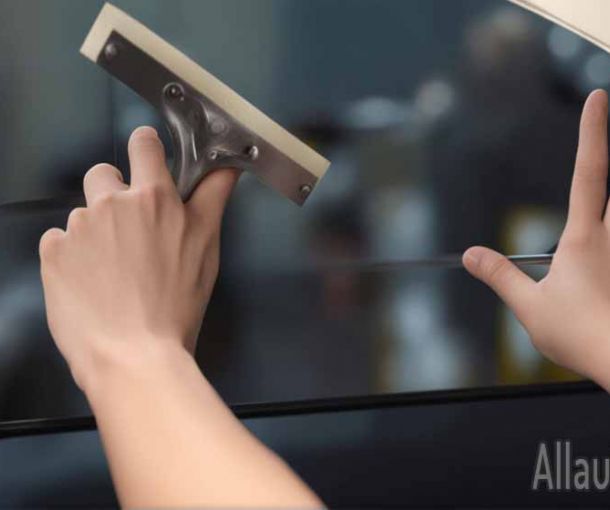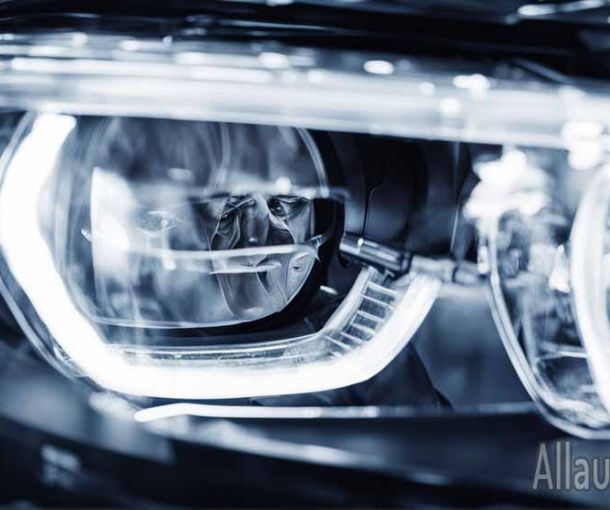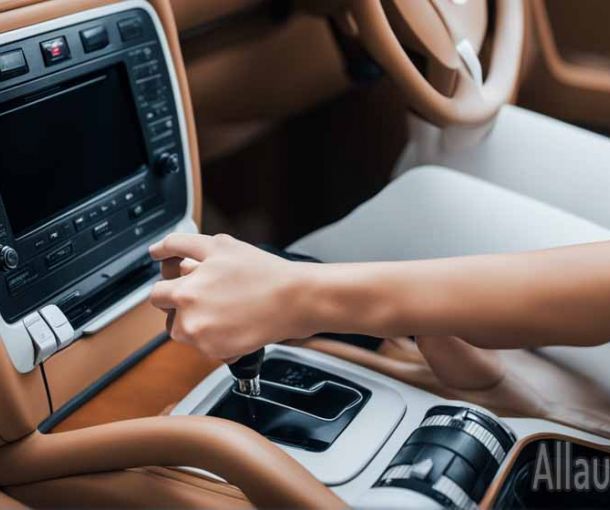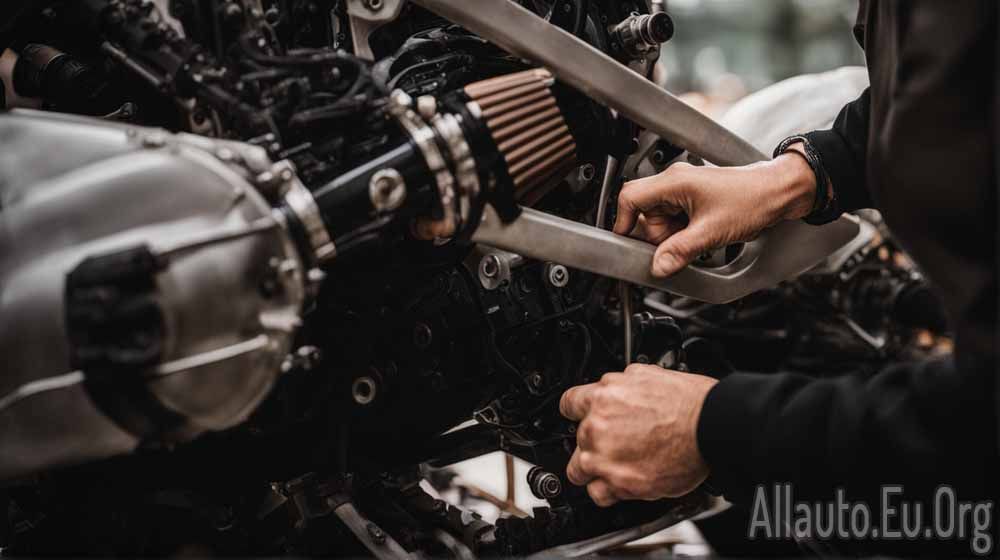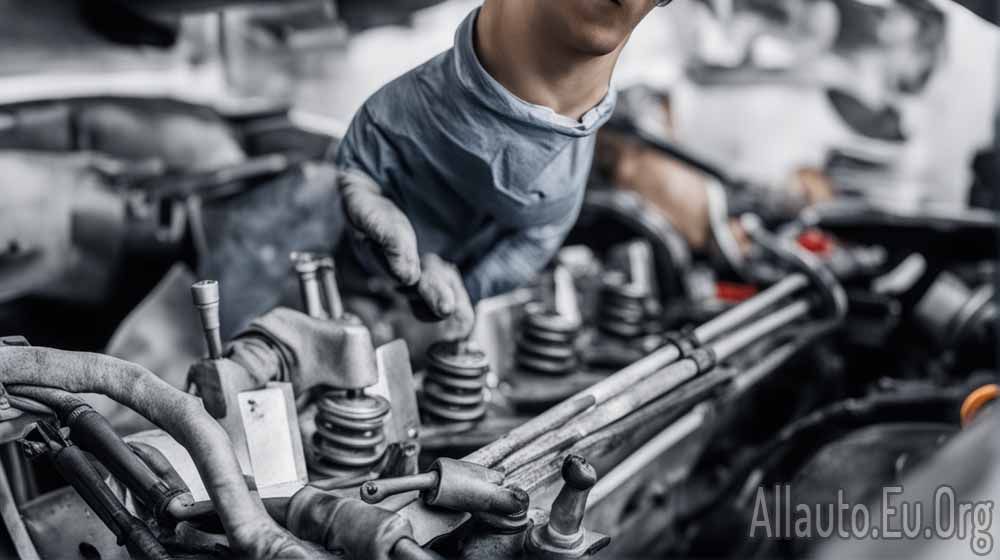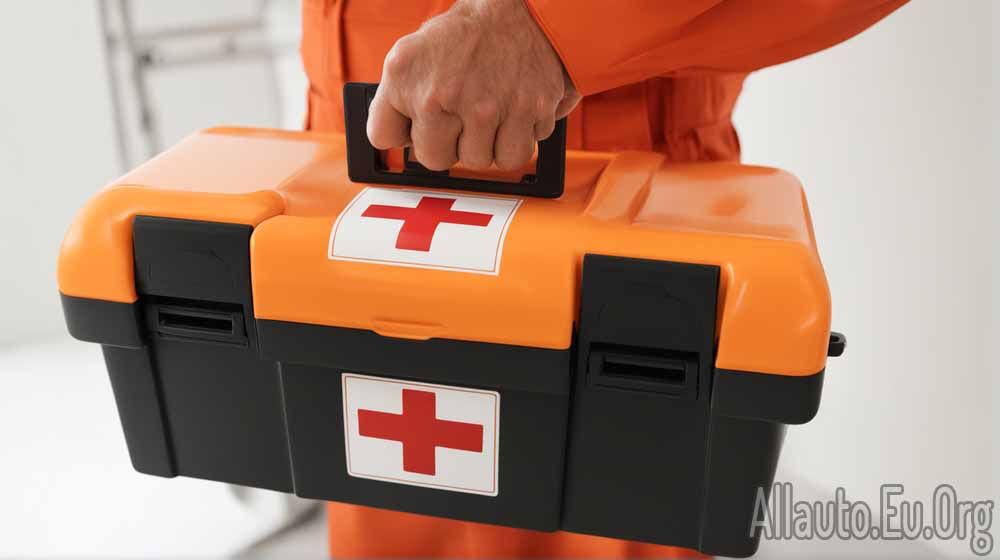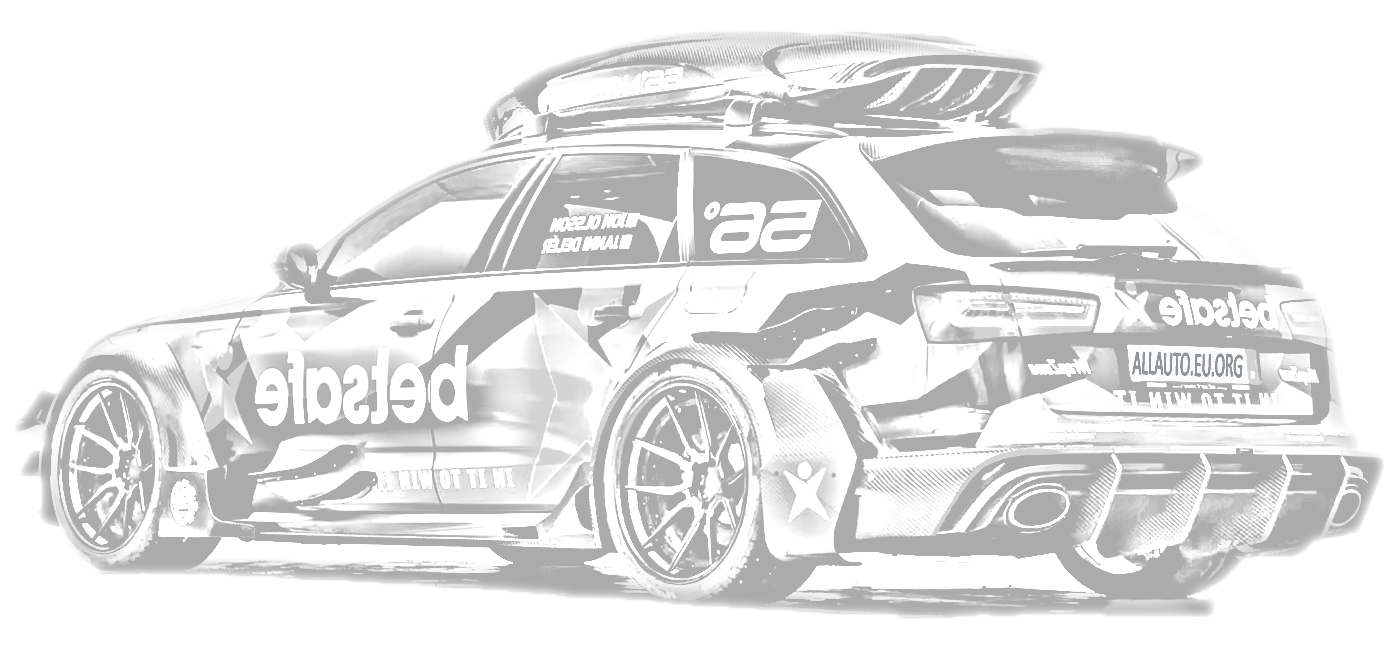
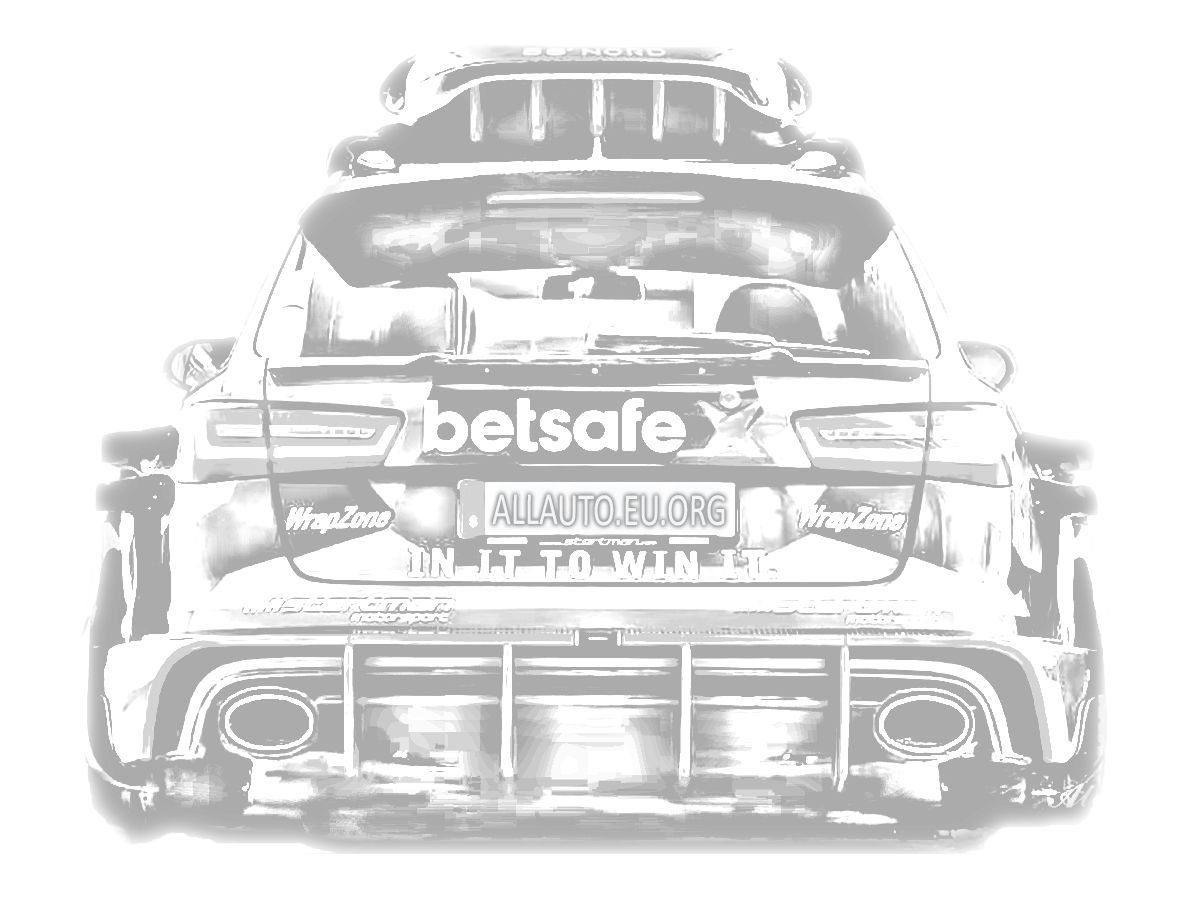
Auto Safety Features You Shouldn't Overlook
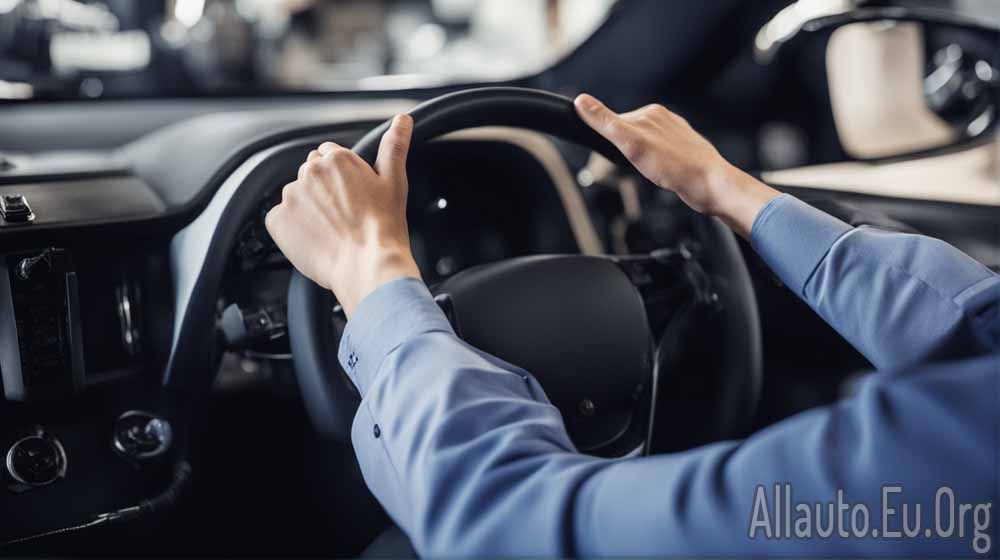
As technology continues to advance, the automotive industry has been quick to incorporate new and innovative safety features into their vehicles. From adaptive cruise control to lane departure warnings, there are a multitude of features that can help keep you and your passengers safe on the road. However, with so many different options available, it can be easy to overlook some of the most important safety features. In this article, we’ll take a look at the top auto safety features you shouldn't overlook.
-
Automatic Emergency Braking (AEB)
Automatic Emergency Braking (AEB) is a relatively new safety feature that has been gaining popularity in recent years. Essentially, this feature uses sensors and cameras to detect when a collision is imminent and automatically applies the brakes to prevent or mitigate the impact. AEB can help prevent accidents caused by distracted driving, sudden stops, and other common hazards on the road.
-
Blind Spot Detection (BSD)
Blind Spot Detection (BSD) is another important safety feature that can help prevent accidents. This system uses sensors to monitor the areas around your vehicle that are typically difficult to see, such as your blind spots. If another vehicle is detected in your blind spot, the system will alert you with a visual or auditory warning, allowing you to take action to avoid a collision.
-
Lane Departure Warning (LDW)
Lane Departure Warning (LDW) is a feature that uses cameras and sensors to monitor the position of your vehicle on the road. If the system detects that you are drifting out of your lane, it will alert you with a warning signal, helping you stay in your lane and avoid a potential collision. Some LDW systems are also equipped with lane keeping assistance, which can help steer the vehicle back into its lane if necessary.
-
Rearview Camera
A rearview camera is a safety feature that has become increasingly common in newer vehicles. This camera is typically mounted on the rear of the vehicle and provides a live video feed of what is behind you when you are backing up. This can help you avoid collisions with other vehicles, pedestrians, or obstacles that may be difficult to see otherwise.
-
Adaptive Cruise Control (ACC)
Adaptive Cruise Control (ACC) is a feature that allows you to maintain a safe distance from the vehicle in front of you without having to constantly adjust your speed. This system uses sensors to monitor the distance between your vehicle and the vehicle in front of you, automatically adjusting your speed to maintain a safe following distance. Some ACC systems are also equipped with stop-and-go functionality, allowing them to bring your vehicle to a complete stop and then resume driving when traffic begins moving again.
-
Tire Pressure Monitoring System (TPMS)
A Tire Pressure Monitoring System (TPMS) is a safety feature that can help prevent accidents caused by underinflated tires. This system uses sensors to monitor the air pressure in each of your tires, alerting you if the pressure drops below a certain threshold. By maintaining the correct tire pressure, you can help improve your vehicle's handling and reduce the risk of a blowout or other tire-related accident.
-
Electronic Stability Control (ESC)
Electronic Stability Control (ESC) is a feature that helps keep your vehicle stable and under control during sudden maneuvers or slippery road conditions. This system uses sensors to monitor your vehicle's speed, steering angle, and other factors, adjusting the brakes and engine power as needed to maintain stability. ESC can help prevent accidents caused by oversteering, understeering, or loss of traction on slippery roads.
-
Forward Collision Warning (FCW)
Forward Collision Warning (FCW) is a feature that uses sensors and cameras to monitor the distance between your vehicle and the vehicle in front of you. If the system detects that a collision is imminent, it will alert you with a warning signal, giving you time to take action to avoid the collision. Some FCW systems are also equipped with AEB, which will automatically apply the brakes to prevent or mitigate the impact.
-
Pedestrian Detection
Pedestrian Detection is a safety feature that uses sensors and cameras to detect pedestrians in the road ahead. If the system detects a pedestrian, it will alert the driver with a warning signal and may automatically apply the brakes to avoid a collision. This feature is particularly useful in urban environments where there are more pedestrians on the road.
-
Adaptive Headlights
Adaptive Headlights are a feature that adjusts the direction of your headlights based on your steering angle and vehicle speed. This can help improve visibility around corners and in other situations where visibility is limited. Adaptive headlights can also adjust the intensity of the light based on the distance of the vehicle in front of you, helping to avoid blinding other drivers.
Conclusion
When shopping for a new vehicle, it's important to consider the safety features that are available. While many of these features may seem like luxury add-ons, they can make a significant difference in preventing accidents and keeping you and your passengers safe on the road. By prioritizing features like AEB, BSD, LDW, and others, you can make sure that you're getting a vehicle that will help keep you safe in a wide range of driving situations.
Tags
Latest Articles
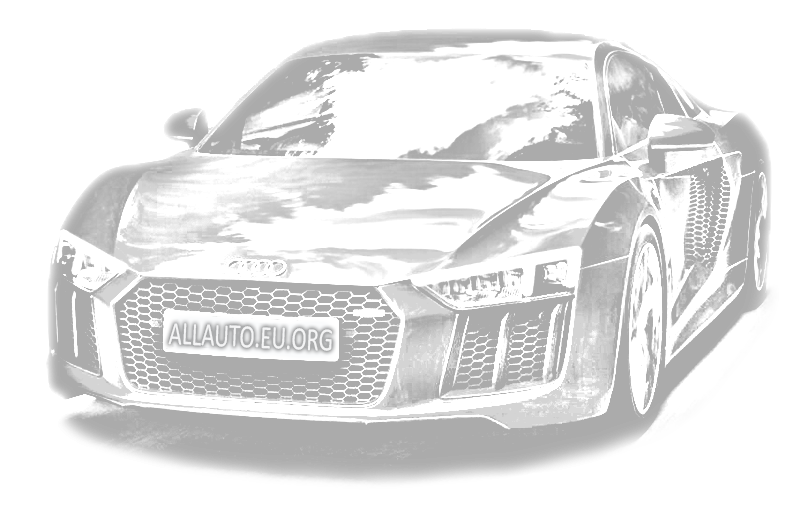
Most Read
All Tags
Subscribe
Donate
Please consider supporting our efforts.
© 2023 All-Auto.ga All rights reserved.

